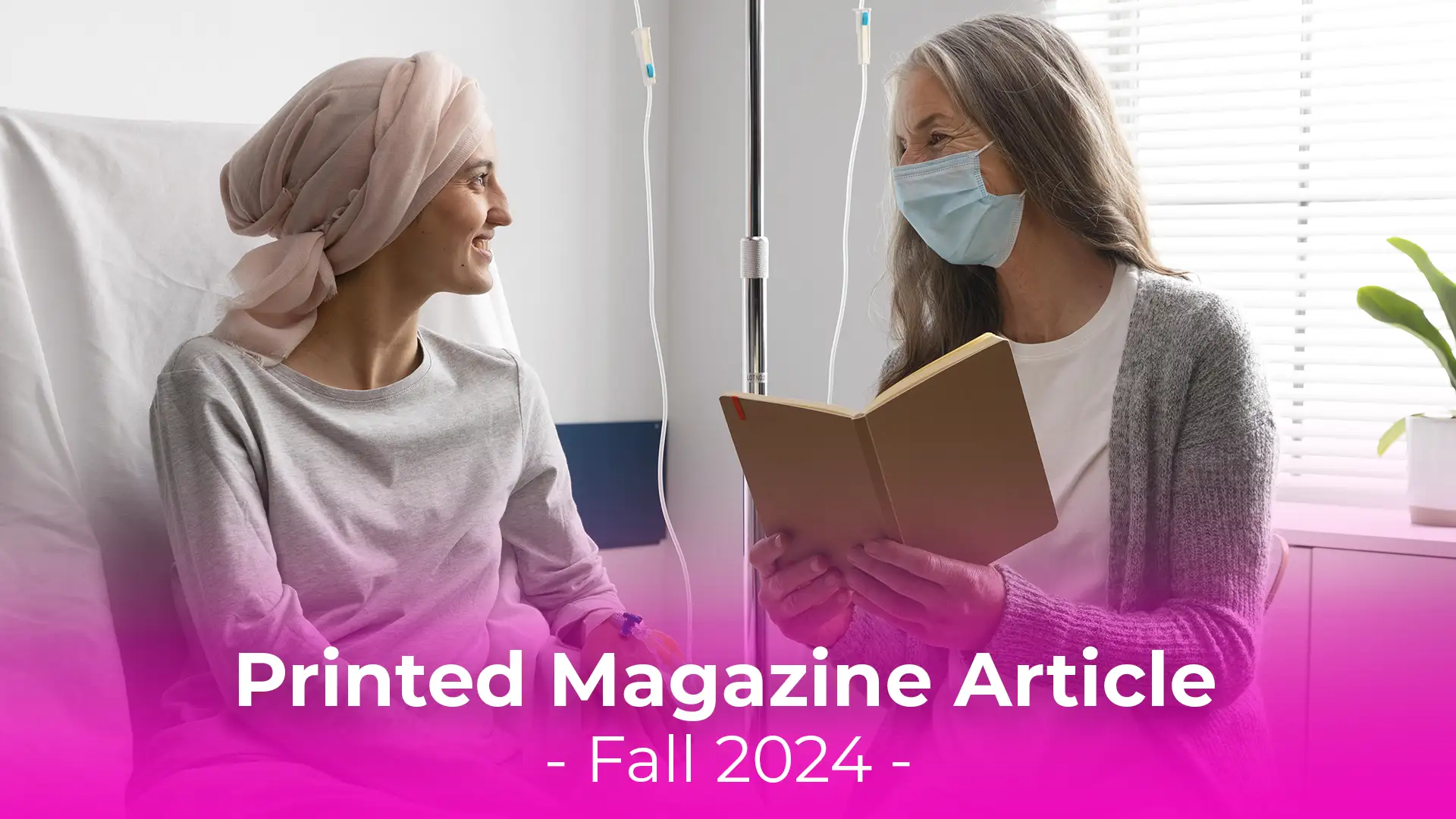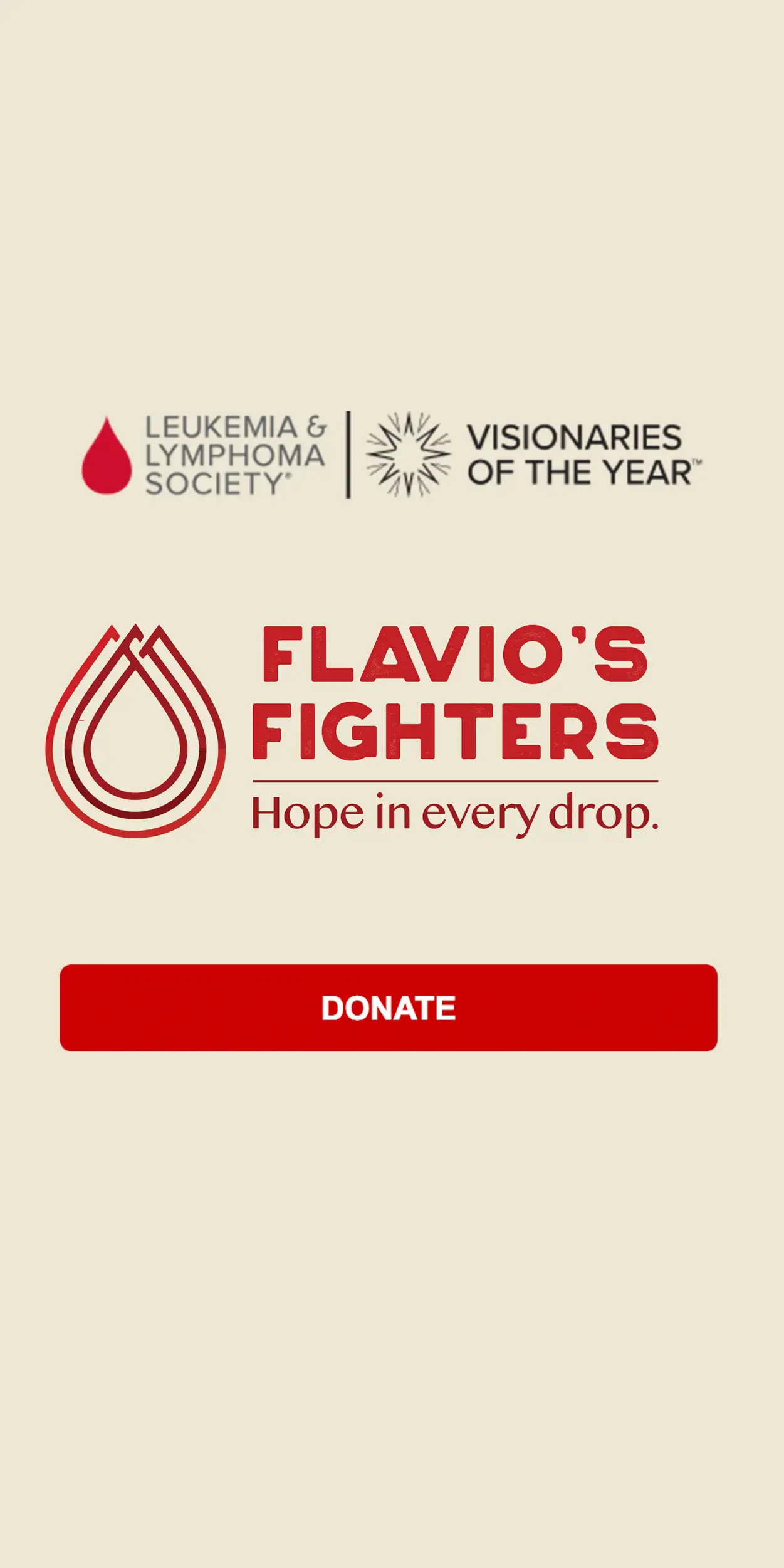By: Dr. Michele Dewar
Is stem cell treatment good for breast cancer patients?
Stem cell treatment for breast cancer is an area of ongoing research and offers both potential benefits and significant challenges. The following is an overview of the current status of stem cell treatments for breast cancer patients:
Potential Benefits
Reconstruction and repair:
Postoperative recovery: stem cells are being explored for their potential to enhance tissue regeneration and repair after breast cancer surgery. For example, fat-derived stem cells may be used in reconstructive surgeries to enhance the healing process and improve cosmetic outcomes.
Bone marrow stem cells:
Blood cell replenishment: high-dose chemotherapy for breast cancer can cause bone marrow damage and a decrease in blood cell count. Stem cell transplants (specifically, autologous stem cell transplants, in which patients’ own stem cells are used) can help restore blood cell production and mitigate the side effects of chemotherapy.
Cancer immunotherapy:
CAR-T cell therapy: research is underway to use genetically modified stem cells to create chimeric antigen receptor (CAR) T cells that attack and destroy cancer cells. While this approach has shown promise in blood cancers, its application in solid tumors such as breast cancer is still under investigation.
Personalized treatments:
Targeted approaches: understanding the role of cancer stem cells in breast cancer could lead to more targeted therapies that specifically target these cells, which could reduce the likelihood of relapse and improve treatment outcomes.

Challenges and Risks
Cancer stem cell risk:
Tumor recurrence: one of the important challenges is that cancer stem cells can be highly resistant to standard treatments and can cause recurrence. Research is focused on developing therapies that specifically target these stem cells.
Immune system complications:
Graft-versus-host disease: in the case of stem cell transplants, there is a risk of graft-versus-host disease (GVHD), in which the transplanted stem cells attack the patient’s own tissues. This is a major concern with stem cell therapies.
Limited evidence:
Clinical trials – Many stem cell treatments for breast cancer are still in experimental stages or early clinical trials. While the promise is significant, there is a need for more robust clinical data to determine the safety and efficacy of these approaches.
Complexity and cost:
Treatment complexity: Stem cell treatments can be complex and expensive, involving intricate procedures and long recovery times. This complexity adds to the challenges of making these treatments widely accessible.
Uncertain long-term outcomes:
The long-term outcomes of stem cell treatments, especially those still in experimental phases, are not fully understood. Potential long-term side effects or complications should be carefully monitored.
Current Approach
The current focus of research is on refining and improving these treatments. Scientists are exploring ways to improve the safety and efficacy of stem cell therapies, such as:
- Developing markers specific to cancer stem cells to better target them.
- Improving stem cell engineering techniques to make them more effective and less risky.
- Combining stem cell therapies with other treatment modalities, such as targeted therapies and immunotherapies, to achieve a more comprehensive approach.
Conclusion
While stem cell therapies have potential to benefit breast cancer patients, particularly in terms of recovery and advanced therapies, they are not yet a standard part of breast cancer treatment regimens. Continued research and clinical trials are needed to fully understand their efficacy and safety. If you or someone you know is considering stem cell treatment for breast cancer, it is essential to consult with a health care provider who can provide guidance based on the latest research and individual circumstances.






































Leave a Reply